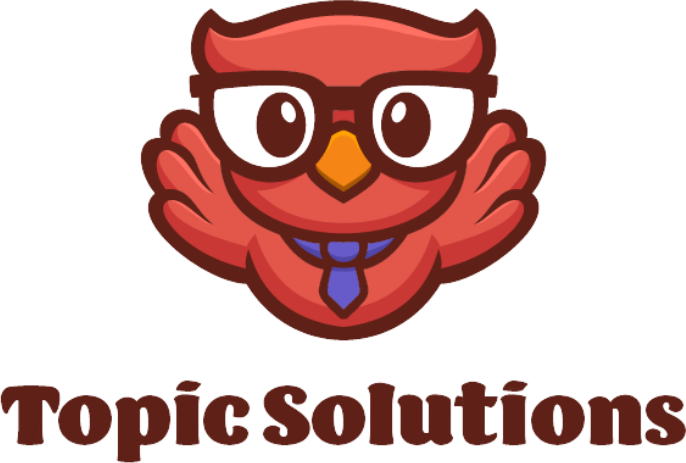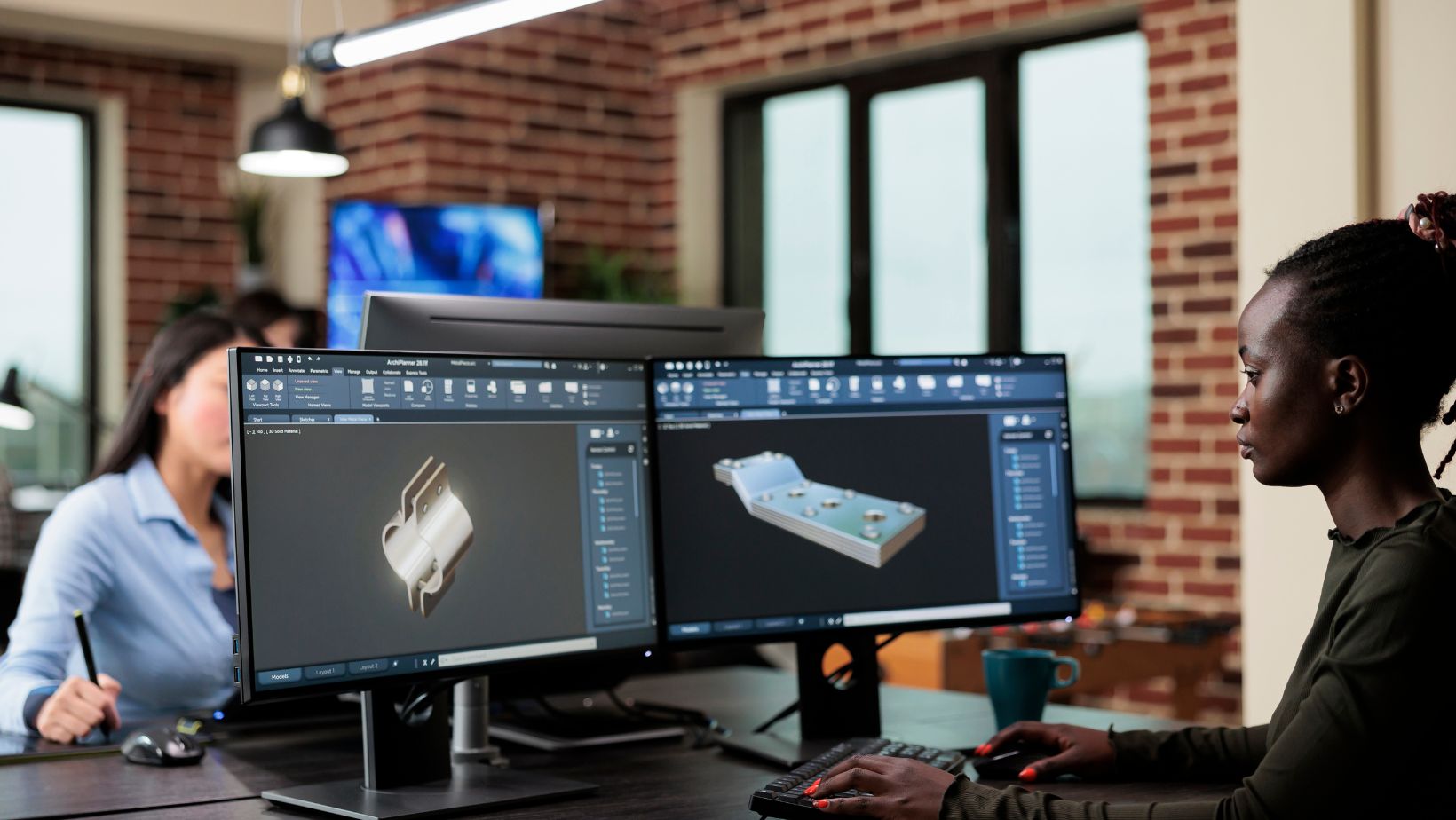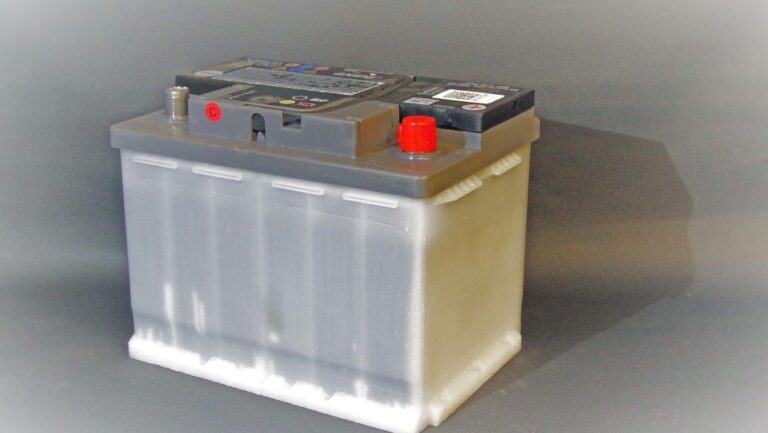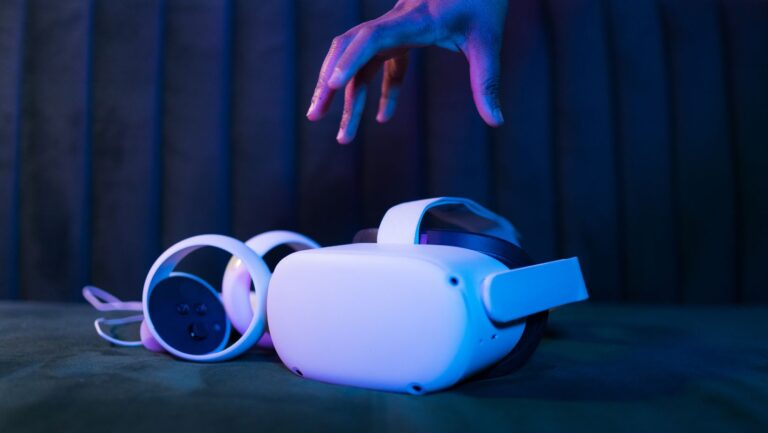Text-to-3D tools are more than a tech buzzword. They’re creative accelerators that help small teams bring ideas to life faster than ever.
If you’ve ever sketched out a product concept or described a scene in a meeting, these tools let you turn those words into textured 3D visuals in minutes. It’s about staying agile, stretching budgets, and flipping “What if?” into “What’s next?”
With accessibility improving each year, even resource-strapped startups can integrate this technology into their workflows. The real advantage is that the tools adapt to many industries, from e-commerce to event planning.
Instant Visualization to Sharpen Ideas
Describing an object used to require sketches, mockups, or hiring a modeler. Now, text-to-3D platforms let you type a description (like “slim, wooden desk with tapered legs”) and see it appear in 3D.
That clarity boosts iteration and alignment, especially when resources are tight. What might take days in CAD or Blender now happens in minutes, giving teams more room to experiment and refine quickly.
By speeding up early iterations, small businesses can keep their creative momentum without worrying about budget overruns. The process also builds confidence because everyone can literally see the idea take shape before committing to production.
That instant visual reference also helps non-technical stakeholders weigh in early, reducing later rewrites and miscommunications.
For startups that need momentum, being able to quickly show a client or investor what you mean can make the difference between hesitation and buy-in.
Visual storytelling is powerful, and text-to-3D ensures teams aren’t left with only words to convey bold ideas. It also prevents costly missteps by aligning expectations well before design or development ramps up.
Cut Costs by Slashing Modeling Time
Hiring 3D artists or licensing premade models can eat deep into a small budget. Text-to-3D tools automate much of the modeling process, minimizing upfront investment and turning descriptions into ready-to-use assets.
That efficiency saves both time and money, which is critical for startups aiming to prototype fast and frequently. Lowering dependency on external contractors allows companies to keep more creative control in-house.
It also helps founders test multiple concepts without worrying about escalating design expenses.
More importantly, smaller creative teams can tackle more projects without scaling headcount. This means a marketing manager can build product mockups while a designer focuses on refining the final look.
The result is leaner workflows that stretch limited budgets further without compromising quality. Faster production cycles often mean quicker time-to-market, which is vital in competitive industries.
By keeping costs low and output high, businesses can focus more energy on growth strategies instead of operational bottlenecks.
Empower Non-Designers to Contribute Fully
Text-to-3D removes the barrier of specialized 3D modeling skills. Marketing, product, and content teams can now generate their own visuals from simple prompts, no CAD training needed.
That shift decentralizes creativity and frees skilled modelers for higher-priority tasks. This empowerment means employees who once felt sidelined in visual projects can now participate directly. It turns brainstorming sessions into more dynamic and collaborative events.
Plus, seeing ideas emerge in three dimensions makes discussions more immersive and productive – whether you’re planning a product launch or developing social media content creation campaigns.
Even team members who don’t normally handle visuals can participate directly, which creates stronger collaboration and more innovative outcomes.
Fuel Social and Experiential Content Easily
Creating 3D visuals boosts engagement, especially in experiential marketing and branded events. Imagine generating a 3D object for a social post, like a rotating product mockup, or using immersive visuals in pop-up activations.
Linking your content with experiential marketing strategies helps people not just see but experience your brand. Businesses that integrate 3D into digital campaigns find that audiences spend more time interacting with their content. This deeper engagement often translates into stronger brand loyalty.
3D assets also perform better than static graphics in digital campaigns. On platforms where attention spans are short, moving and interactive visuals naturally draw the eye. This gives small businesses a chance to stand out in crowded feeds and level the playing field against bigger competitors.
Beyond social platforms, these assets can be repurposed for ads, websites, or presentations. The versatility of 3D content makes it a cost-effective way to expand marketing reach without overextending resources.
Streamline Collaboration Across Teams
When modelers, marketers, and strategists all speak “the 3D,” workflows get smoother. Text-to-3D lets ideas flow straight from concept to asset, supplying tangible visuals everyone can reference.
That improves feedback loops and ensures early alignment on product look, tone, and utility. Having concrete visuals also reduces ambiguity in cross-functional teams. It builds a shared understanding that words or flat sketches often fail to capture.
Generated assets can also plug directly into presentations, prototypes, or online previews – an advantage small firms need when juggling tight schedules and lean roles. The more streamlined the process, the faster teams can pivot, which is essential in the unpredictable environment of startups.
As projects evolve, being able to adjust models instantly prevents delays from derailing progress. Ultimately, the efficiency gained through collaborative 3D workflows helps small businesses compete with larger, better-resourced players.





